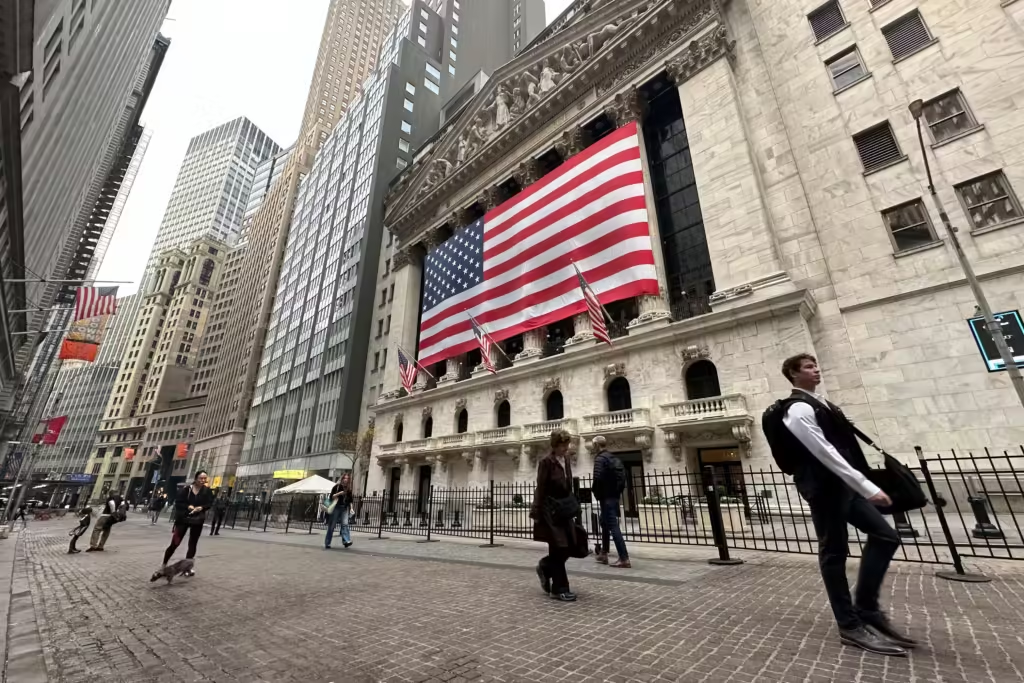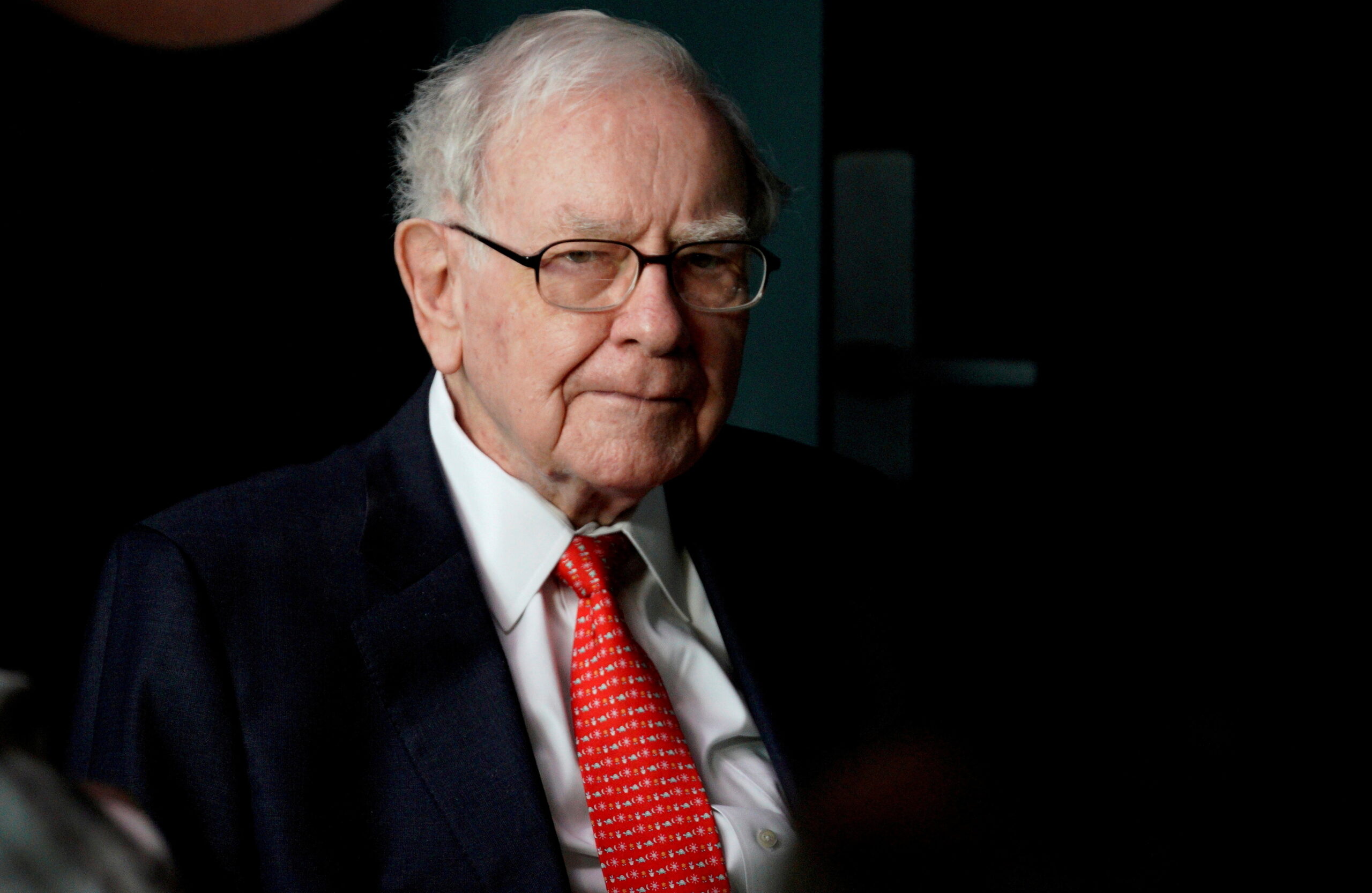Warren Buffett, revered on Wall Street and beyond, is known for his unmatched success with Berkshire Hathaway. With a net worth nearing $140 billion and a storied history of stock-picking, Buffett’s moves draw intense scrutiny. This year, he’s made headlines by reaching a record $325 billion in cash and short-term investments, alongside unprecedented stock sales totaling $127 billion by the end of September. But what’s driving these historic numbers, and what could they mean for investors?
Why Berkshire Is Sitting on Record Cash Reserves
At $325 billion, Berkshire Hathaway’s liquid capital has reached a peak, underscoring Buffett’s hesitation amid today’s high valuations. “There remain only a handful of companies in this country capable of truly moving the needle at Berkshire,” Buffett noted in his latest shareholder letter. As the number of investment-worthy options narrows, this historic cash position speaks volumes. In addition to this cash hoard, Berkshire has aggressively sold stocks this year, more than ever before in absolute dollar terms.
This reluctance signals caution, highlighting that Buffett and his team find the current market overpriced. But does it mean investors should avoid stocks altogether? History suggests not.

When Net Purchases Led to Market Gains
Looking back at Buffett’s investment moves, certain trends emerge. Since 2010, Berkshire has been a net buyer in seven years. In each instance, those purchases typically coincided with strong market returns. For example, in 2011, Berkshire acquired $14.2 billion in stocks, and the following year, the S&P 500 delivered a 13% gain. This pattern repeats in other years when Buffett increased stock purchases, with the S&P 500 returning an average of 14% in subsequent years—significantly higher than the 12% average across all years since 2010.
Here’s a quick look at key years when Berkshire was a net buyer, alongside the S&P 500’s performance the next year:
| Year | Net Stock Purchases | S&P 500 Return Next Year |
|---|---|---|
| 2011 | $14.2 billion | 13% |
| 2013 | $4.7 billion | 11% |
| 2015 | $1.5 billion | 10% |
| 2017 | $0.8 billion | (6%) |
| 2018 | $24.4 billion | 29% |
| 2019 | $4.3 billion | 16% |
| 2022 | $34.2 billion | 24% |
| Data source: YCharts. |
As these examples show, Buffett’s buying often precedes positive returns, suggesting that individual investors might consider adopting a similar strategy when Berkshire shows a strong buying appetite.
The 30-Year missing guy Omar bin Omran’s Captor Sentenced to Life
What the Data Says About Caution Years
Just as notable are the years when Berkshire was a net seller of stocks. Since 2010, the company has sold more stocks than it purchased in seven years (excluding the current one), often right before the S&P 500 posted below-average returns. Take 2010, for instance: after Berkshire sold $1.6 billion in stock, the S&P 500 delivered no growth in the following year. Another example is 2021, when Berkshire sold $7.4 billion in equities, and the S&P 500 fell by 19% the next year.
These are the years Berkshire was a net seller, with subsequent S&P 500 performance:
| Year | Net Stock Sales | S&P 500 Return Next Year |
|---|---|---|
| 2010 | $1.6 billion | 0% |
| 2012 | $0.7 billion | 30% |
| 2014 | $1.9 billion | (1%) |
| 2016 | $12 billion | 19% |
| 2020 | $8.6 billion | 27% |
| 2021 | $7.4 billion | (19%) |
| 2023 | $24.2 billion | 21%* |
| Data source: YCharts; 2024 performance is preliminary. |
In these cases, the average return of 11% in the year following Berkshire’s stock sales lags slightly behind the 12% long-term average, hinting at cautious market performance in these periods.
Buffett’s Caution Isn’t a Signal to Avoid Stocks Entirely
While Buffett’s massive cash holdings suggest hesitancy, he cautions against reading too deeply into this. Berkshire’s sheer size limits its investment options to those big enough to “move the needle.” As Buffett noted, Berkshire’s book value of $629 billion limits impactful investments to only a handful of U.S. companies, further compounded by a competitive landscape.
Despite historically high valuations, Buffett’s caution doesn’t translate to a market exit. For individual investors, pulling out of the market could mean missing valuable gains. Since 2010, the S&P 500 has returned a cumulative 141% during years following Berkshire’s sales. By comparison, investors who held an S&P 500 index fund consistently would have seen a cumulative 427% return.

Consider Valuations, But Don’t Sit Out
Though Berkshire’s massive cash reserves and record stock sales may seem ominous, Buffett’s message is one of valuation prudence rather than outright avoidance. With the S&P 500 currently trading at 21.3 times forward earnings—above the five-year average of 19.6—Buffett’s stance suggests a careful approach. Rather than interpreting Berkshire’s moves as a warning to avoid the market, investors should view them as advice to weigh valuations more thoughtfully.
For those looking to follow Buffett’s lead, history shows that leaning in after Berkshire buys and exercising caution when it sells can be wise. However, as Buffett’s strategy highlights, staying invested consistently often leads to better long-term returns than trying to time the market.

